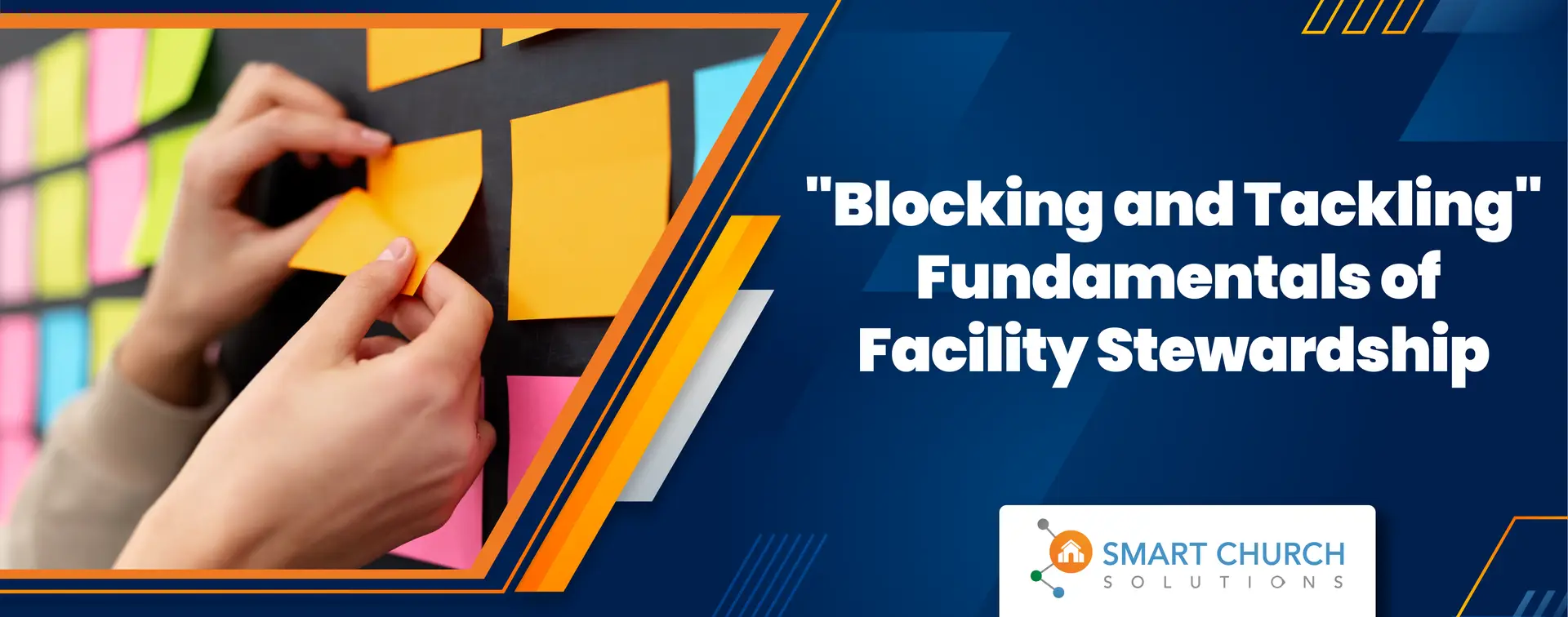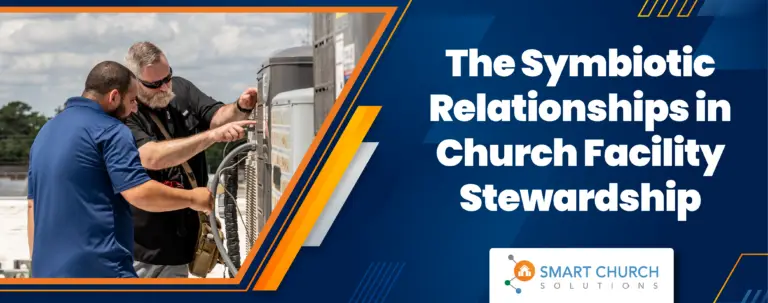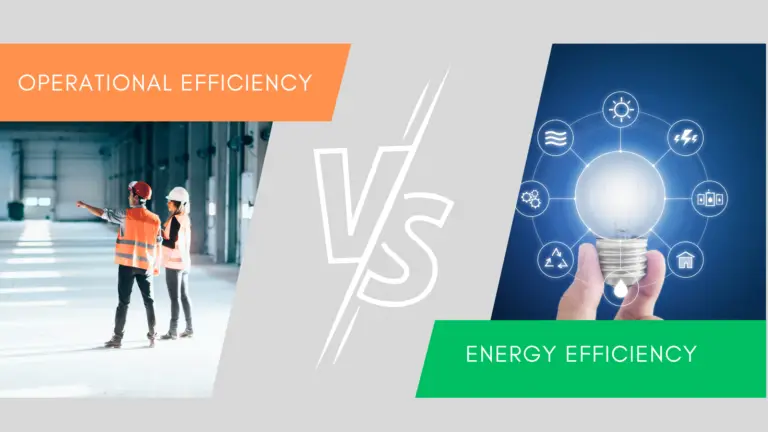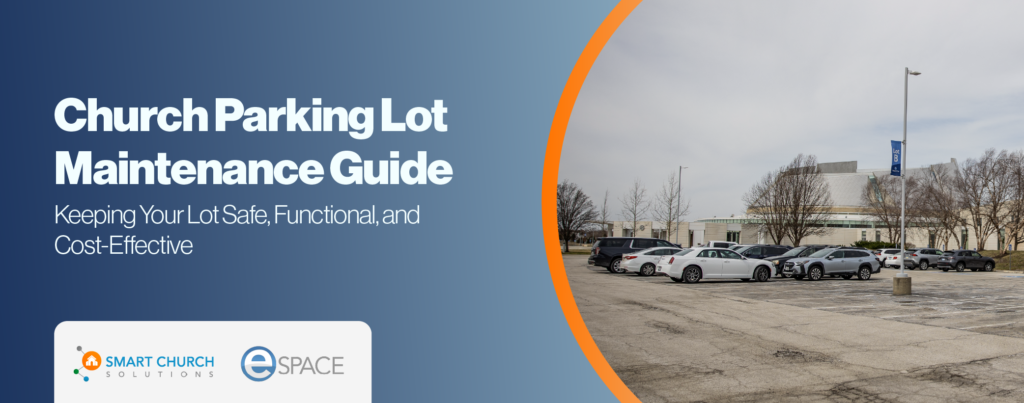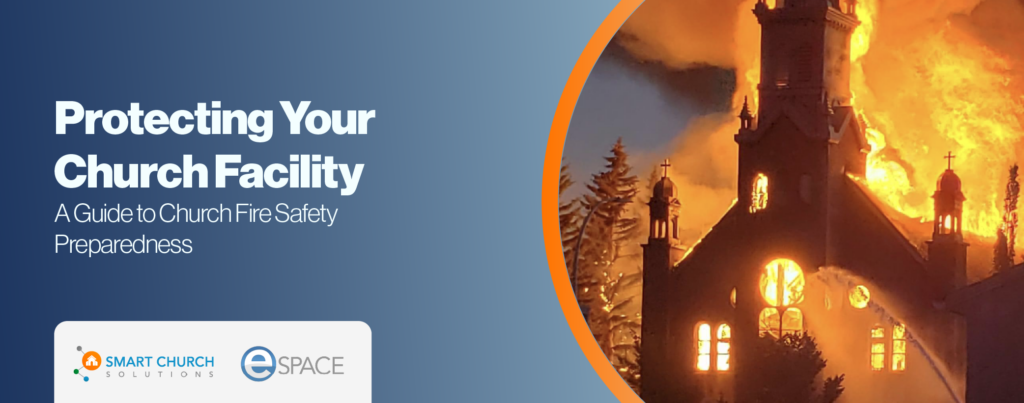Facility stewardship is crucial for any organization that manages physical spaces—be it commercial buildings, educational institutions, healthcare facilities, or industrial sites. Just as in football, where mastering the basics like ‘blocking and tackling’ is key to winning, effective facility stewardship hinges on core practices that ensure the efficient, safe, and sustainable operation of physical assets.
I frequently encounter promotional material for facility-related conferences, blogs, and workshops that highlight facility management’s more glamorous aspects. While these innovative approaches have their place, they can only be truly effective when built on a solid foundation of basic facility stewardship.
So, what are these essential fundamentals? Let’s dive in.
5 Fundamentals of Facility Management
1. Regular Maintenance and Inspections
Regular maintenance and inspection are the cornerstones of effective facility stewardship. This proactive approach ensures all facility systems and components operate correctly and efficiently. Regular check-ups can prevent costly repairs and downtime by identifying issues before they escalate. This includes routine cleaning, safety checks, equipment servicing, and compliance with all relevant regulations and standards.
Key Practices Include:
- Scheduled Preventive Maintenance: Implement a calendar for regular maintenance tasks based on manufacturer recommendations and past performance data.
- Routine Inspections: Regularly inspect physical structures and mechanical systems to identify wear and tear or potential safety hazards.
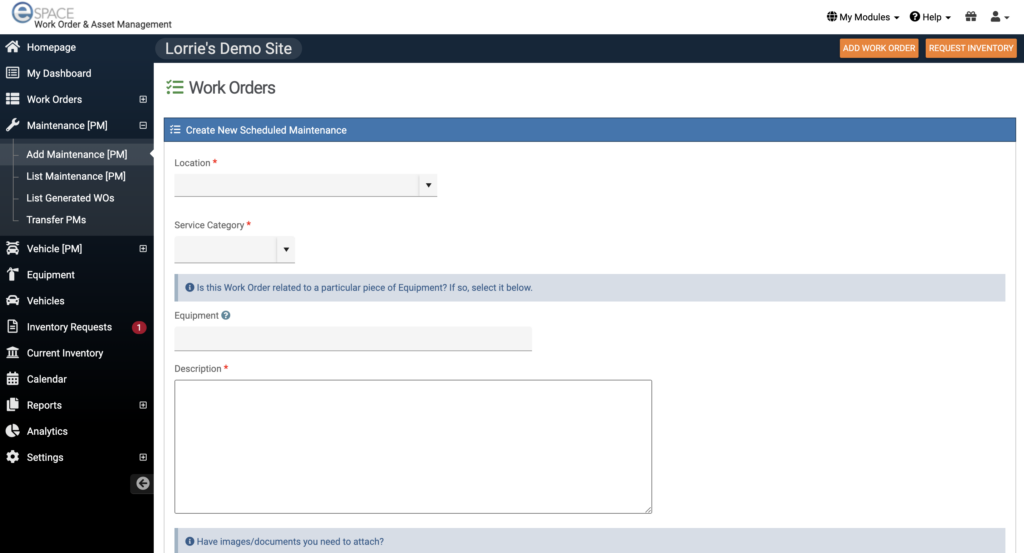
2. Asset Management
Effective asset management helps facility stewards track and manage the life cycle of every component within their facilities. This includes understanding assets’ age, condition, and value to make informed decisions about repairs, replacements, and investments.
Effective Asset Management Techniques:
- Inventory Management Systems: Utilizing software to keep track of assets and their conditions. What equipment, assets, and inventory are we stewarding? Do we know where each is located? Their age and condition? Are they nearing the end of their useful life, or is there any functional obsolescence?
- Life Cycle Analysis: Regularly assessing the expected life cycle of equipment and infrastructure to plan for future replacements and budgeting. We have found that the most effective Life Cycle plans are done with your executive pastor/business administrator and your finance committee (or similar). The effort may go for nothing if the large group of financial “influencers” are not involved and bought into this process and analysis.
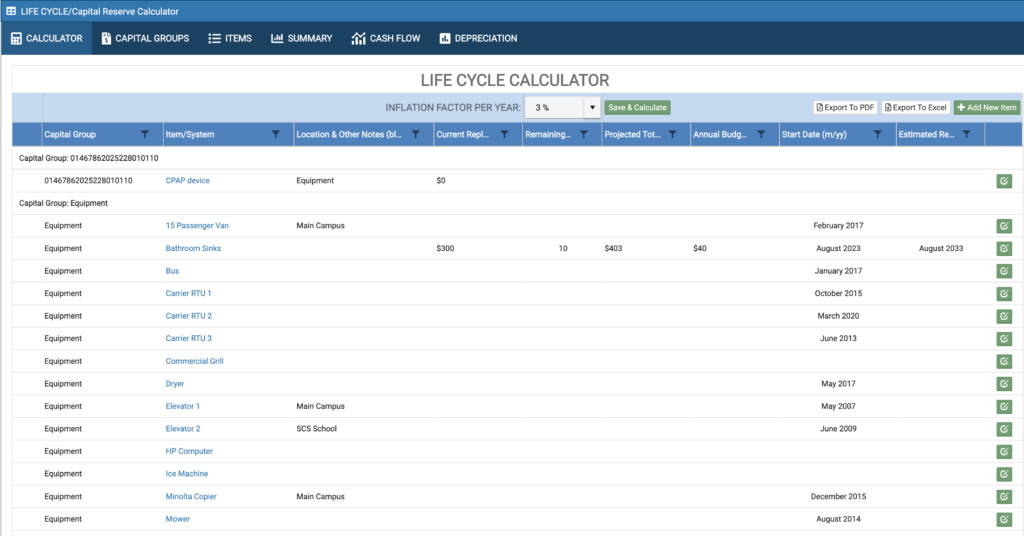
3. Stakeholder Engagement and Communication
When did you last engage with stakeholders—from senior leadership to staff to everyday facility users? The “feedback loop” is critical to our growth as facility stewards. Regular communication helps align facility operations with organizational goals and adapt to changing needs.
Ways to Enhance Communication:
- Regular Updates and Reports: Keep all stakeholders informed about facility conditions, upcoming maintenance, upcoming events, and any disruptions.
- Feedback Mechanisms: Establish channels for receiving feedback from facility users and integrating this feedback into operational improvements.
- After-Action Reviews: Have after-action review meetings. What went great? What could we have done differently? Did we accomplish the goal of the event? What surprised you?
4. Safety and Security
Ensuring the safety and security of facilities is non-negotiable. This involves not only physical security measures but also creating environments that safeguard the well-being of all occupants. Far too often, the focus is on “active shooters” or other such violent incidents. While these are critical to have a plan and be keenly aware of, they are outliers in the blocking and tackling functions.
Critical Components:
- Security Systems: Installing and regularly updating security systems, including surveillance cameras, alarm systems, and controlled access systems.
- Emergency Preparedness: Developing and regularly updating emergency response plans, conducting drills, and ensuring clear emergency communication channels.
- Deterrents: Do you have plans to deter nefarious people and actions? Some basic things can assist in this process, such as having a well-lit exterior of your facility, leaving some interior lights on, and eliminating “hiding” places. Simple things like LED lighting on the exterior and in your parking lots that stay on all night are a great deterrent. The same applies to trimming landscaping to eliminate hiding places.

5. Operational Efficiency
A crucial aspect of facility stewardship is managing energy consumption and striving for sustainability. Reducing energy use not only cuts costs but also minimizes the environmental impact of facility operations.
Strategies for Enhancing Operational Efficiency:
- Upgrades to Energy-Efficient Systems: Investing in modern, energy-efficient technologies such as LED lighting, HVAC, and energy management systems.
- System Integrations and IoT: Operational efficiency is not only relegated to energy savings; it is also part of the equation. Given that nearly every church we work with is grossly understaffed, we find that incorporating system integrations and IoT (Internet of Things) can be the one-two punch your organization needs to improve operational efficiency.
- For example, if your HVAC systems are integrated with your event management system and the HVAC can be initiated and disengaged when an event is scheduled so that your team doesn’t have to run around adjusting thermostats, you will not only save utility costs but also on manpower requirements (allowing your team to focus on more critical items). You will save life cycle dollars as the “runtime” of the equipment is reduced, thus extending its life cycle.
Conclusion
The “blocking and tackling” of facility stewardship might not be glamorous. Still, it’s crucial for maintaining physical assets’ health, efficiency, and safety. By focusing on these fundamental practices, organizations can ensure their facilities support their operational goals and positively impact their overall success. Just as in sports, mastering these basics sets the stage for advanced strategies and innovations in facility stewardship.


